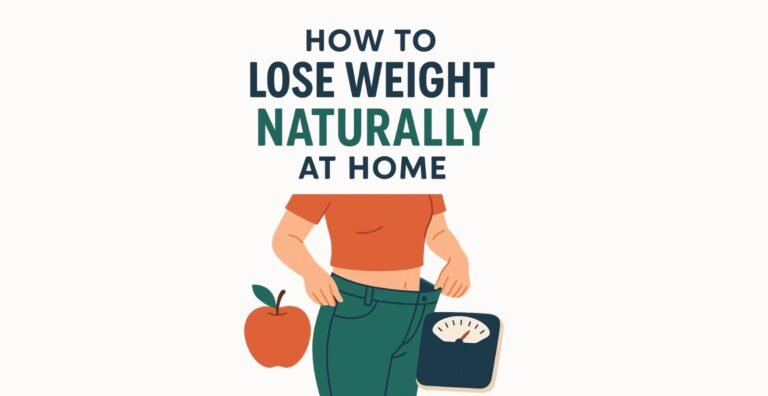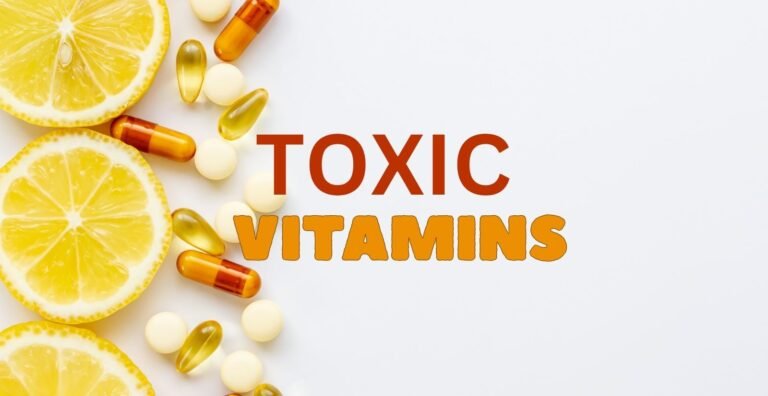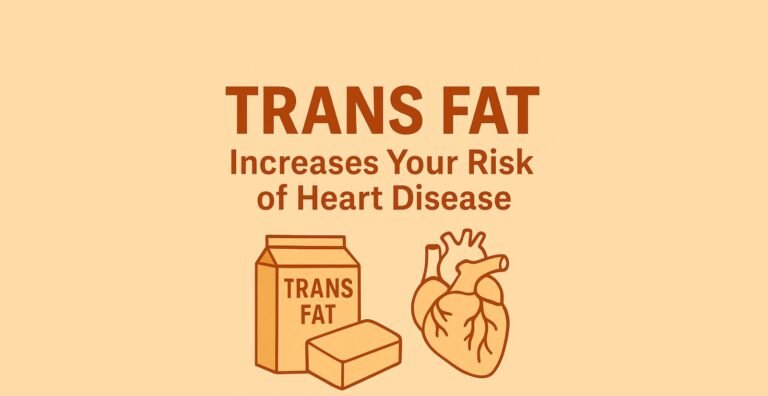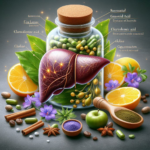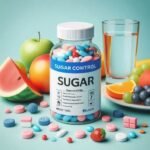Top Health & Wellness Product Reviews with Exclusive Sale Prices!
Iron Deficiency Explained: Symptoms, Causes & How to Fix It?
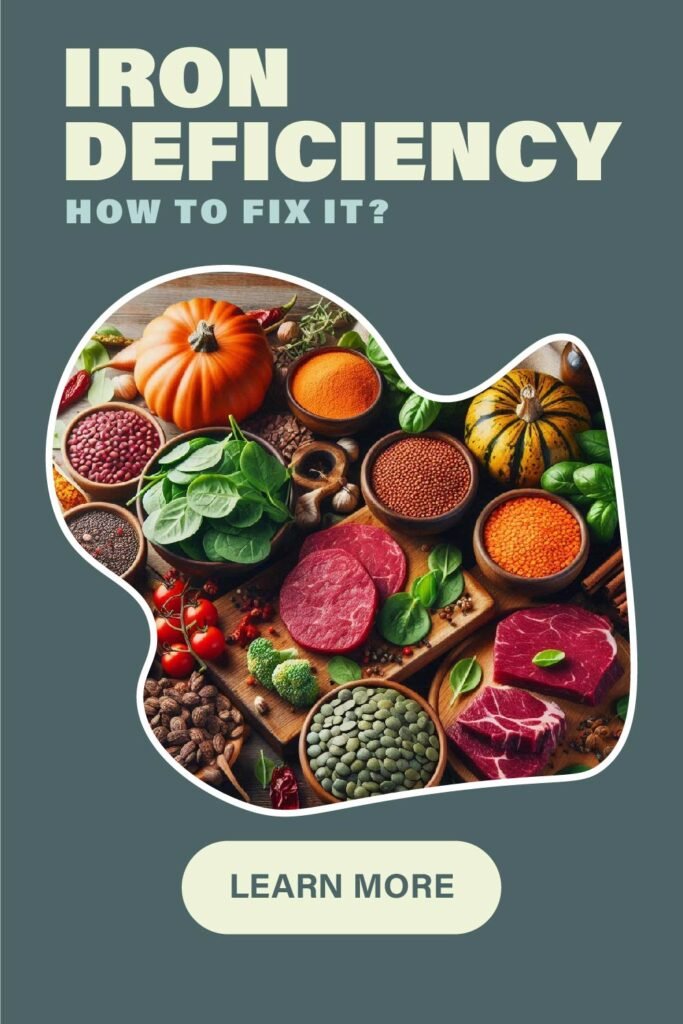
Iron deficiency is one of the most widespread nutritional issues globally. It affects people of all genders and age groups—especially women, children, and those with restrictive diets. Despite how common it is, iron deficiency often goes undiagnosed until it starts causing serious health issues. This article will walk you through everything you need to know, from symptoms and causes to effective treatments.
🔬 What is Iron Deficiency?
Iron deficiency happens when your body lacks enough iron to produce hemoglobin, the protein in red blood cells responsible for carrying oxygen. Without sufficient hemoglobin, your body struggles to distribute oxygen to your organs and tissues, leading to fatigue and other symptoms.
If left untreated, iron deficiency can lead to iron deficiency anemia, a condition that can affect physical and mental performance, immunity, and overall quality of life.
🧯 Common Symptoms of Iron Deficiency
Recognizing the signs early can help you address iron deficiency before it becomes severe. Here are the most common symptoms:
- 🛌 Fatigue and weakness – You may feel tired even after a full night’s sleep.
- 😶🌫️ Brain fog and difficulty concentrating
- 😰 Shortness of breath, especially during simple activities
- 🧊 Unusual cravings (known as pica) – craving non-food items like ice, dirt, or clay
- 🧤 Cold hands and feet
- 🌑 Pale or dull skin tone
- 😵 Dizziness or lightheadedness
- 💅 Brittle nails and hair loss
- ❤️ Rapid heartbeat or chest pain in severe cases
⚠️ If you’re experiencing multiple symptoms, it’s time to consider testing your iron levels.
🧪 What Causes Iron Deficiency?
Iron deficiency can stem from several root causes, and identifying the right one is essential for effective treatment.
🥩 1. Inadequate Dietary Intake
Many people—especially vegetarians and vegans—don’t consume enough iron-rich foods. Plant-based iron (non-heme iron) is also less easily absorbed than animal-based iron (heme iron).
🩸 2. Blood Loss
Menstrual bleeding, gastrointestinal issues (like ulcers or polyps), surgery, or trauma can deplete iron stores quickly.
👶 3. Increased Iron Needs
Children, teens in growth spurts, pregnant women, and breastfeeding mothers need more iron than average and are at higher risk.
⚙️ 4. Poor Iron Absorption
Even if you eat enough iron, conditions like celiac disease, Crohn’s disease, or use of antacids can impair absorption.
🎯 Who Is Most at Risk?
Certain groups of people are more prone to developing iron deficiency:
- 👩🍼 Women of childbearing age
- 🤰 Pregnant women
- 🧒 Children and teens
- 🥗 Vegetarians and vegans
- 🏃 Athletes, especially runners
- 👴 Older adults with chronic illnesses
🧫 How to Diagnose Iron Deficiency
A blood test is the only reliable way to confirm iron deficiency. Doctors typically order:
- Hemoglobin & hematocrit levels – Measures red blood cells.
- Serum ferritin – Indicates how much iron is stored.
- Serum iron & transferrin saturation – Shows how much iron is circulating.
🧠 Tip: Always seek professional medical advice before self-diagnosing or supplementing.
🍽️ Best Iron-Rich Foods
Eating the right foods is one of the most effective ways to prevent and treat mild iron deficiency.
🍖 Heme Iron (high absorption)
- Beef, lamb, and pork
- Chicken, turkey
- Liver and organ meats
- Fish like tuna, salmon, and sardines
🥬 Non-Heme Iron (plant-based)
- Spinach, kale, and swiss chard
- Legumes: lentils, chickpeas, black beans
- Tofu and tempeh
- Iron-fortified cereals
- Pumpkin seeds, quinoa, and oats
💡 Pair iron with vitamin C (orange juice, bell peppers, strawberries) to improve absorption.
💊 Do You Need Iron Supplements?
If diet alone isn’t enough, or if your levels are very low, your doctor may recommend iron supplements. These come in various forms:
- Ferrous sulfate – Common but may cause constipation
- Ferrous gluconate – Gentler on the stomach
- Liquid iron – Often used for children or those with difficulty swallowing pills
- Intravenous (IV) iron – Used for severe cases or malabsorption
⚠️ Never take iron supplements without a prescription—overdosing can be toxic, especially for children.
📈 How Long Does It Take to Recover?
Recovery timelines depend on how low your iron levels are and whether you’re treating the root cause. Generally:
- 🗓️ Mild deficiency: Feel better in 2–3 weeks
- 📆 Moderate/severe: 2–3 months or longer
- 💊 Iron supplements should often be continued for several months even after symptoms improve to replenish body stores.
🛠️ Tips to Boost Iron Absorption
Use these strategies to get the most out of your iron intake:
- 🍊 Include vitamin C at meals (e.g., citrus fruits, tomatoes)
- 🥩 Avoid tea, coffee, and calcium with iron-rich meals — they can block absorption
- 🍳 Cook in cast iron pans — tiny amounts of iron get absorbed into the food
- ⏰ Take supplements on an empty stomach if tolerated
🧑⚕️ When to See a Doctor
If you’re feeling constantly tired, lightheaded, or noticing any other symptoms of iron deficiency, consult a doctor. Iron issues can be a red flag for more serious health problems like internal bleeding, celiac disease, or chronic kidney issues.
📌 Final Thoughts
Iron deficiency is more common than you might think and can sneak up without warning. The good news? It’s highly manageable once diagnosed. By understanding the symptoms, adjusting your diet, and supplementing wisely when needed, you can take control of your health and regain your energy.
🌟 Don’t ignore the signs—your body is trying to tell you something. Take action, get tested, and start restoring your iron levels today.

